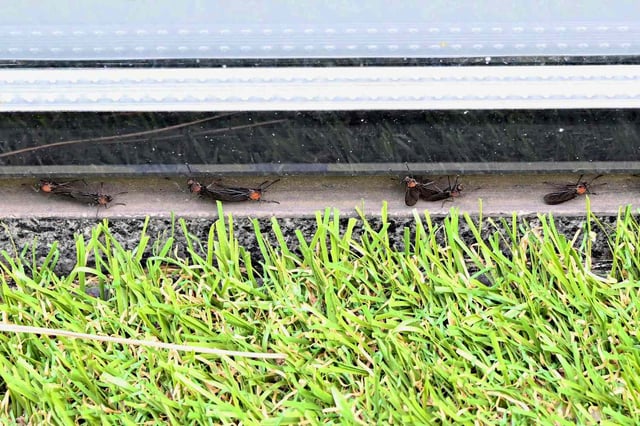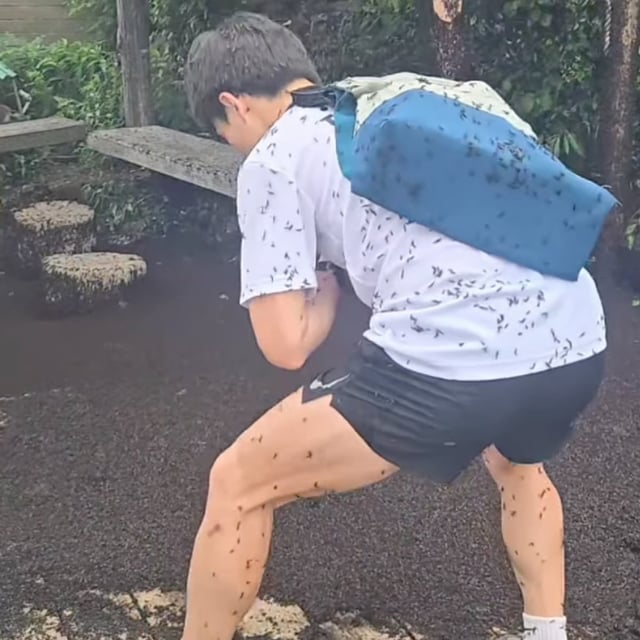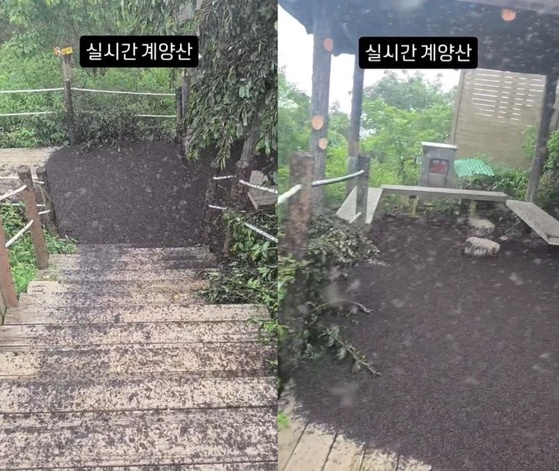Overview
- Large swarms of Plecia nearctica have persisted across Mount Gyeyang and urban hiking routes, fueled by rising temperatures and urban heat-island effects.
- Seoul authorities emphasize that lovebugs pose no health threat while contributing to pollination and organic matter decomposition.
- Complaints to the city more than doubled last year to 9,296 cases, driving updated recommendations for non-chemical controls including water spraying, sticky traps and dark-coloured clothing.
- Government research agencies are developing larva-targeting fungal pesticides designed to curb populations with minimal impact on other wildlife.
- Natural predators such as magpies and sparrows have started feeding on the insects, offering a potential avenue for population decline by mid-July.



